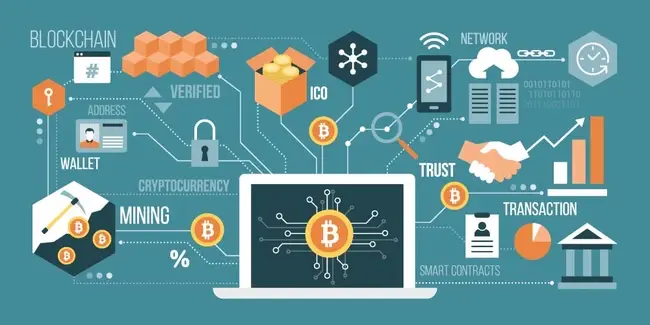
Cryptocurrencies: Bitcoin and beyond
It’s an everyday topic of conversation these days "what cryptocurrency have you invested in?" "is it too late to buy bitcoins?" and the annoying friend of yours who goes on and on about how much his bitcoin would be worth today had he sold them years back. But the main question here is is cryptocurrency just bitcoin alone? or is cryptocurrency more than just bitcoin? Here is a list of crypto currencies which we don't necessarily suggest you invest in, rather its more of you "knew about it before it became popular".
Cryptocurrency seems like the future of digital currency as the whole world moves towards a cashless economy. It seems as if we are living in a world of a futuristic video game as we drive our keyless cars and pay for a cup of coffee using just our mobile phones. It's surreal to think that digital currency was exposed to us at an early age of online gaming as we casually spent “Linden dollars” in Second Life or the “Simolean” currency in SimCity.
Cryptocurrency is giving us a different reality of digital currency. Something that has literally blown out of proportion in terms of reality and science fiction.
Linden dollars – which are generally bought for real dollars – can only be used in the Second Life game, and Simoleans can only be used in SimCity, whereas cryptocurrency is accepted by millions of people around the world outside of any computer games. It's strengths are far more ambitious than your simple Apple Pay or Android Pay. Cryptocurrencies’ strengths are the speed at which cross-border or any transactions can be made and that it cuts out all the middlemen, including governments and central banks, and the apparent anonymity of the parties involved.
You must have probably read more than a dozen articles on how a teenager bought his first Lamborghini with cryptocurrency and someone buying a luxurious 4 bedroom apartment in London with cryptocurrency worth that of buying pizza back in 2010.
While you might be curious to know what the hype is all about here are the top 10 cryptocurrencies, listed according to a number of factors, including their current trading prices and potential increase or decrease, as well as how widely known and adopted they have or will become, and whether they’re any good for drug-dealing.







Comments ( 0 )